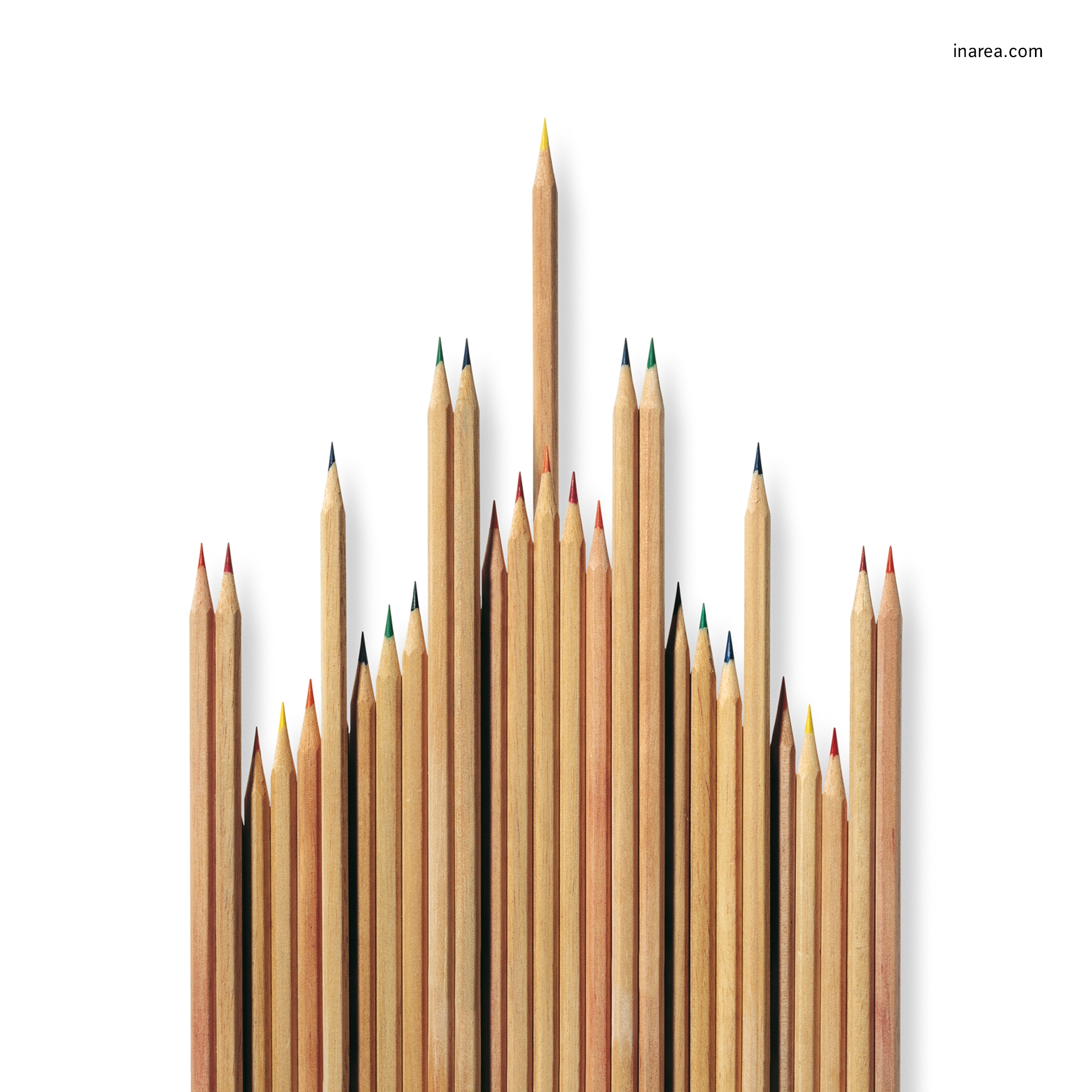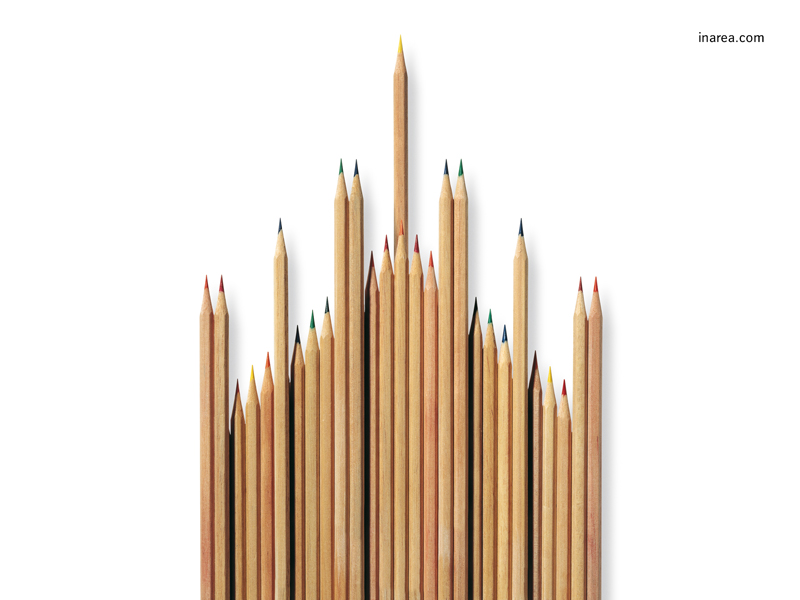“Those who govern must hold the beauty of the city dear, above all else—for the delight and joy of visitors, for the honor, prosperity, and growth of the city and its citizens.”
Constitution of Siena, 1309.
Writing about beauty is always a challenging task. There is already an extensive body of literature on the subject, as it touches upon the existential horizon of both the individual and society. Its subjectivity is undeniable; however, there are shared codes within homogeneous social contexts, and the criteria that define it are, in turn, subject to temporal variables. Nonetheless, I must express my own point of view, and to do so, I try to distill my experience as a designer. The “forward projection” contained in the word “design” is nothing but a promise of the future, the very one that gives meaning and direction to life itself.
As human beings, once our basic needs are met, we feel alive because we desire, but desire implies awareness of what is lacking. Beauty, therefore, is the missing part we long for, capable of astonishing us, surprising us, and above all, completing us.
We are compelled to confront reality, yet we prefer its representation. Thus, our constant desire for beauty leads us to clothe our thoughts in the most fitting words, to have the clothes we wear, the homes we live in, and their furnishings speak for us… In other words, we assign to every point of contact with others a mark of our identity, whether implicit or explicit, one that can represent us in our relationships.
This collective form is our personal promise of the future, as it is precisely on the duality of representation/relationship that our civilization has been built. Its most visible and tangible expression is the city. Architecture, on the other hand, is the organization of space, and it is this organization that, in turn, generates relationships.
When we look, even with distracted eyes, at the built environment of any urban reality, we easily grasp the implicit message that its inhabitants have sought to convey throughout the ages: they were and are their promises of the future. It is no coincidence that “civis” unites citizen and civilization, because the city has always been the place of ideas, the space designated for debate. Does not politics, after all, stem from the word polis?
The “space full of time” (Bob Wilson), formed by our cities, allows us to read the narrative of centuries and often millennia that our ancestors have passed down to us, and that we, in turn, must preserve and pass on.
But alongside the “noble” notion of the beauty of the city, there is another, seemingly less significant, one, with which we come into more direct contact as we walk on foot or move by means of transportation. It is the city of streets and sidewalks, horizontal and vertical signage, shops and their signs, traffic lights, cars and public transport, both in motion and stationary, parks, flowerbeds, urban furniture, intercoms, and mailboxes…
This too is a narrative, though fragmented and heterogeneous, capable of allowing us to grasp almost immediately that sense of promise for the future, inherent in the desire for beauty.
I recall the railing of an apartment building on the outskirts, scattered with about thirty mailboxes, each one different from the other, arranged with no logical order. A trivial episode, certainly, but evocative of an absolute lack of dialogue among the unfortunate inhabitants of that building: without communication, there can be no relationship, and thus, no recognition.
As long as we are able to make and receive promises, we are at the very heart of life; the elderly, the sick, and the disenfranchised lose their desire for beauty because, in the absence of promises, they feel they are instead at the periphery of their own existence.
Extending the concept to the city, when the sense of periphery, in its most detrimental form, begins to infiltrate even the central areas, the perception of decay becomes tangible.
In this sense, when it is said that Rome is a beautiful city, it is impossible to disagree. However, it is a synecdoche, as the reference is limited to the historic center, to the built environment immediately adjacent to the Aurelian walls, and to other neighborhoods or urban “fragments” of excellence.
The architectural atrocities that have followed since the 1950s have caused such a theft of beauty—first from the landscape, and then from the city—that the rampant urbanization has turned into a true contagion, spreading from the outskirts to the center.
Via Sistina, for example, is a thoroughfare envisioned by Pope Sixtus V to ideally connect the Pincio and Trinità dei Monti with Santa Croce in Gerusalemme, passing by the Basilica of Santa Maria Maggiore. A Renaissance gem, designed by Domenico Fontana, overcoming a topography reminiscent of the streets of San Francisco: a series of rises and falls that create beautiful perspectives, enhanced by the quality of the architecture and the presence of several monuments.
Along the street, there were once grand hotels, art galleries, jewelers, and high-quality shops. Fortunately, at least in the upper part, near Trinità dei Monti, there is still a sense of unity that reflects the quality of the past. However, as you descend towards Piazza Barberini, the nature of the commercial activities degrades into doorless shops selling one-euro souvenirs, minimarkets open until the early hours, where minors can buy alcohol, clothing stores offering counterfeit brands, and tourist-oriented restaurants, complete with all the kitsch trappings of a hypothetical Italian cuisine: red-checked tablecloths, long-necked wine flasks, and fresh pasta displayed on the street…
The decay of Rome lies in having accustomed the eye and shaped behavior to an aesthetics of ugliness, which, through the proliferation of such situations, effectively legitimizes the loss of decorum, not just in the urban sense.
As a result, the pedagogical role of beauty is also lost: a child today, returning to the example of Via Sistina, doesn’t know what that street once was and will take the current state for granted, accepting it as the standard.
It is therefore the responsibility of those who govern the city to define a promise for the future of the capital, one capable of revitalizing it in terms of contemporary beauty.
Otherwise, the decline could become irreversible.
There are, however, situations where, fortunately, the contagion becomes virtuous and produces forms of contemporary beauty. Twenty years ago, Milan was still grappling with the aftermath of the nightmare caused by the “Clean Hands” scandals of the previous decade. Thanks to the foresight of the city’s administrators at the time and the courage of some entrepreneurs, the city radically changed its skyline, and with it, the perception, behaviors, and sense of belonging of its citizens.
The developments at Santa Giulia, Porta Nuova, and City Life were joined by many others, in a sort of race towards beauty, which found its global amplifier in the 2015 Expo.
In short, Milan has rediscovered its promise for the future and has returned to being the guiding city of the country, presenting itself with an image in line with the world’s most important metropolises.
But the theme of beauty and that of the city are now undergoing a historic shift, one to which we are all witnessing, yet we are still unable to fully understand its effects.
The pandemic has not only impacted our lives in terms of health, economics, and social dynamics, but it has also acted as an accelerator for pre-existing phenomena, which are now emerging with a much more pronounced presence in our daily lives.
As Pope Francis observed, “this is not an era of change, but a change of era.” The concept of space, for example, has been shaped by the dichotomy between the physical and the digital for over twenty years. Suddenly, we realized that we spend more than half of our active time in the immaterial realm of our devices, and during the lockdown, we understood that this distinction is gradually fading in favor of a progressive integration.
In short, there is a notion of space yet to be explored, but one capable of generating a web of relationships previously unthinkable. All of this is already a promise for the future. Therefore, let us prepare for a new desire for beauty: the beautiful, it can be said, is yet to come.
Published in “On the Beauty—So Ancient, So New—of the City”, Quaderno 14, Fondazione Dioguardi, edited by Vincenzo D’Alba, Silvana Kuhtz, Francesco Maggiore, and Vanna Maraglino, pp. 100-103, 2022.
ISBN 978-88-6922-184-2


